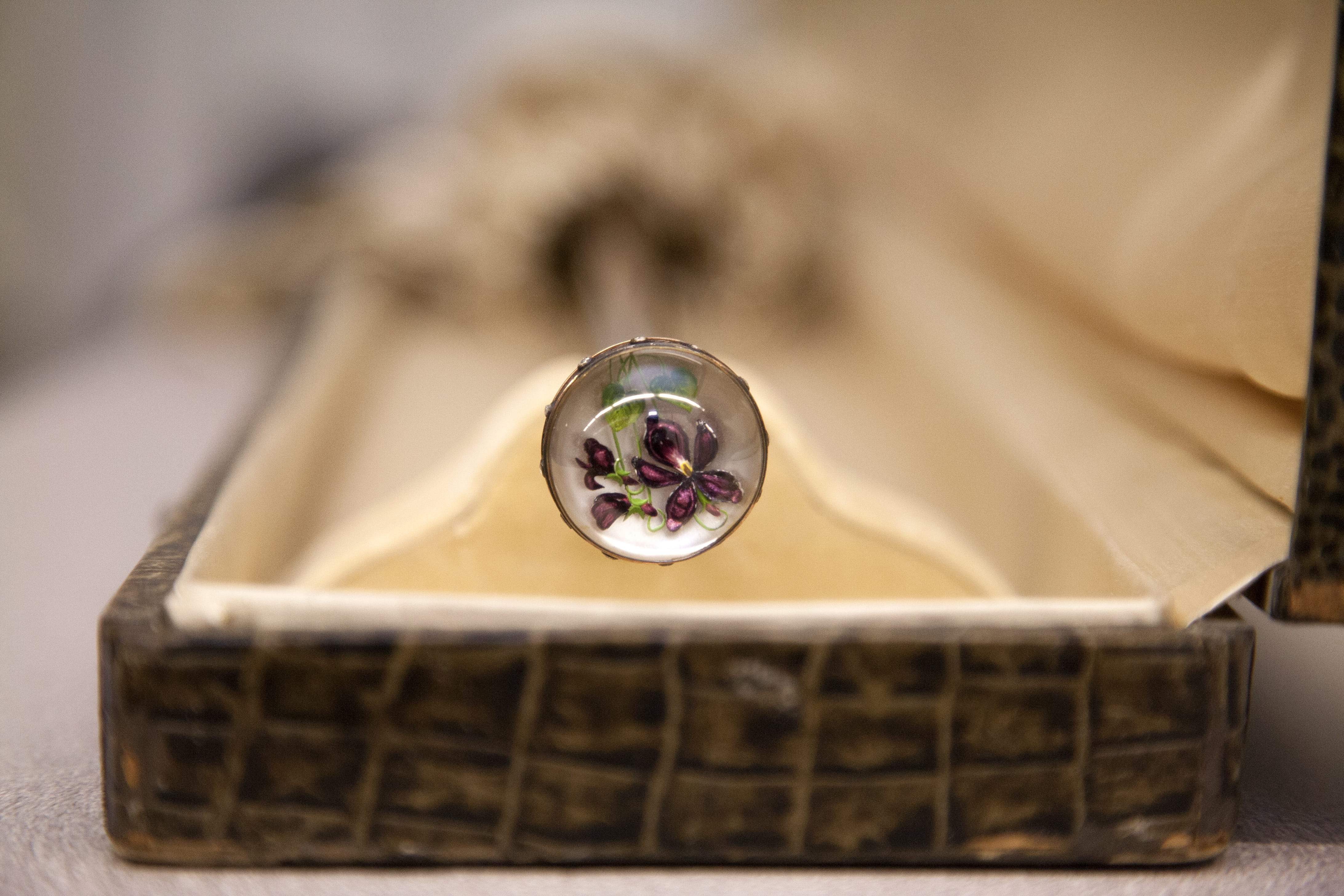Google’s New Virtual Exhibition Includes Iconic Pieces from Drexel’s Robert and Penny Fox Historic Costume Collection

Three-thousand years of the world’s fashion is being brought together in the largest virtual exhibition of style. The “We wear culture” project, by Google Arts & Culture, is a collaboration with Drexel University’s Robert and Penny Fox Historic Costume Collection and more than 180 renowned cultural institutions from New York, London, Paris, Tokyo, São Paulo and others around the world.
Using state-of-the-art technology, the project allows you to explore everything from the ancient Silk Road, to the courtly fashions of Versailles, to British punk and the stories behind the clothes you wear today. Iconic pieces that changed the way generations dressed, such as Marilyn Monroe’s high heels or the Black Dress by Chanel are brought to life in virtual reality. The coral and lace gown worn by Her Serene Highness, Princess Grace of Monaco, a piece from the Fox Historic Costume Collection, is now available online as part of the global exhibition.

The exhibitions feature the icons, the movements, the game changers and the trendsetters including Alexander McQueen, Marilyn Monroe, Cristóbal Balenciaga, Coco Chanel, Audrey Hepburn, Christian Dior, Helmut Newton, Irving Penn, Yves Saint Laurent, Manolo Blahnik, Gianni Versace, Oscar de la Renta, Pierre Balmain, Vivienne Westwood, Miyake Issey and many more.
Drexel founder and philanthropist Anthony J. Drexel believed that the study of art and design was essential to a well-rounded education and specifically set aside significant funds for the purchase of art and artifacts. The mission of the Fox Historic Costume Collection is to educate and inspire through the documentation, exhibition and preservation of historic costume – so its participation in the “We wear culture” project by Google Arts & Culture is a natural fit and an exciting opportunity to further the reach of the collection’s nearly 15,000 objects.
Fashion experts, curators and designers, as well as universities, museums and NGOs from around the world, collaborated on the exhibition to show that fashion is a part of our culture, a form of art and a result of true craftsmanship. Google’s state-of-the-art technology, including virtual reality, 360-degree videos, Street View and ultra-high resolution “gigapixel” images were used to preserve the collections and make then available for everyone.

Highlights available online from the Fox Historic Costume Collection, aside from the previously mentioned coral gown, include a pearl-encrusted, teal velvet dress by the French couture house of Callot Soeurs, a silk parasol with a jeweled handle by legendary jeweler Fabergé, and a Charles James gown designed for international style icon Babe Paley.
Finally, online visitors can discover three exhibits, interactive stories about the history of fashion in the 20th century, as worn in Philadelphia region, and highlights of the Robert and Penny Fox Historic Costume Collection.
“The Google Arts & Culture platform is a great opportunity for us to share our rich holdings with a global audience — a 21st century approach to A. J. Drexel's original educational mission,” said Clare Sauro, director and chief curator of the Fox Historic Costume Collection.

In addition to the virtual galleries, the stories of four iconic pieces that shaped fashion history are brought to life in virtual reality films that visitors can watch on YouTube or with a virtual reality viewer.
● Chanel’s Black Dress from Paris, France (1925) that radically changed the dresscode of wearing black, making it a statement piece in every woman's wardrobe.
● Marilyn Monroe’s stilettos by Ferragamo from Florence, Italy (1959-60), the sparkling red high heels that became an expression of empowerment, success and sexyness for women.
● Comme des Garçons Kimono-inspired sweater and skirt from Tokyo, Japan (1983), that manifests how Rei Kawakubo brought traditional and contemporary Japanese Kimono aesthetics and craftsmanship onto the global fashion stage in radical designs.
● Vivienne Westwood Corset, from London, UK (1990), which celebrates the designer’s unique take on one of the most controversial garments in history, and brings the worlds of fashion and art together.
“We invite everyone to browse the exhibition on their phones or laptops and learn about the stories behind what you wear. You might be surprised to find out that your jeans or the black dress in your wardrobe have a centuries-old story. What you wear is true culture and more often than not a piece of art,” said Amit Sood, director of Google Arts & Culture.
The “We wear culture” exhibition is available online at g.co/wewearculture and through the Google Arts & Culture app on iOS and Android for everyone.
Drexel News is produced by
University Marketing and Communications.
